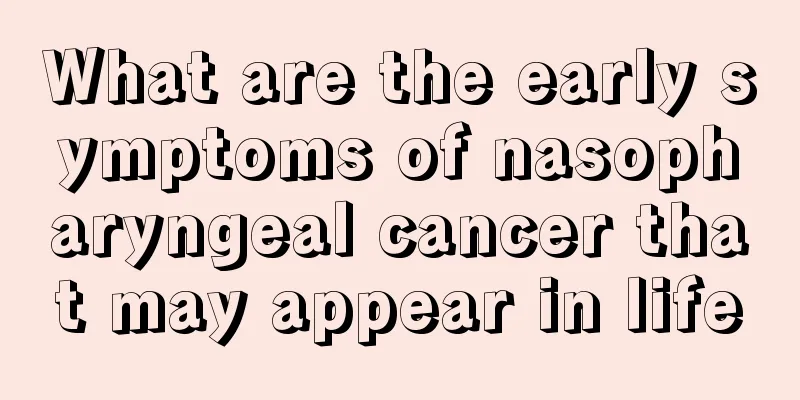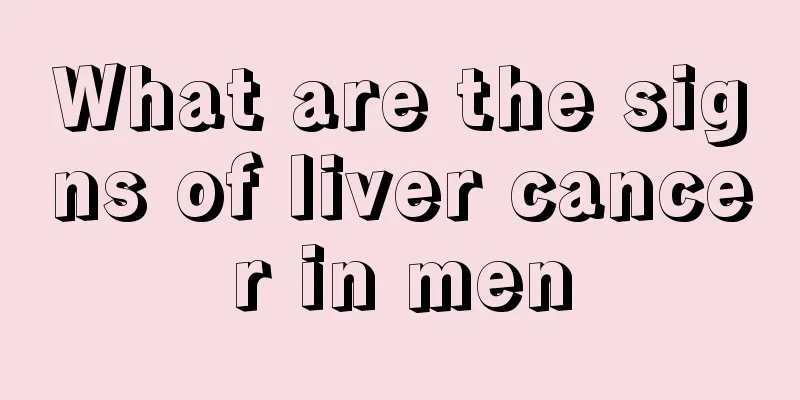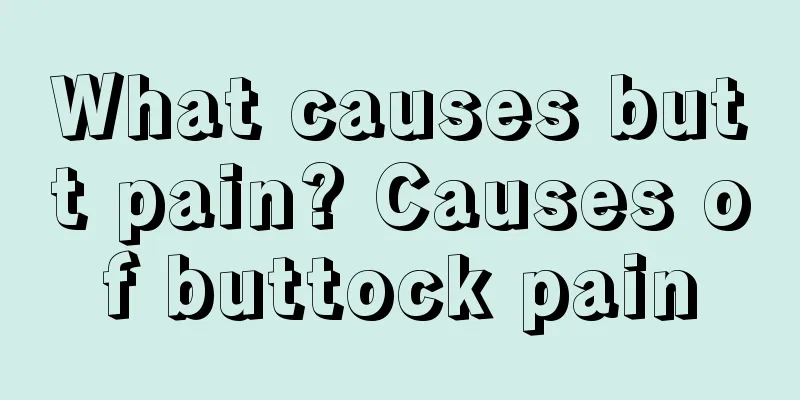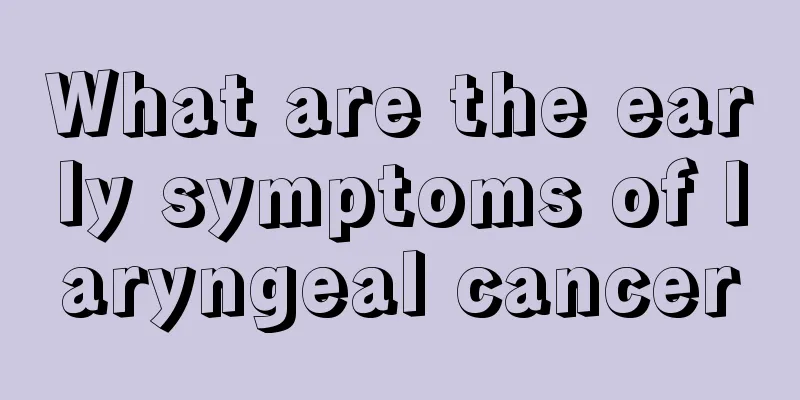Laparoscopic sleeve gastrectomy
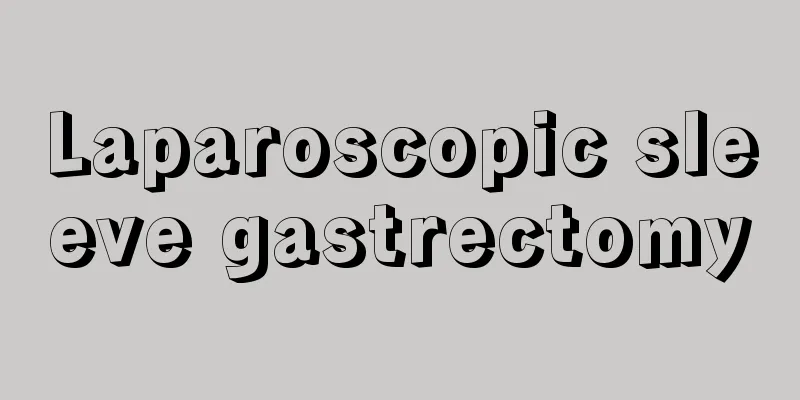
|
Laparoscopic sleeve gastrectomy is a better method to treat the disease, and the recovery effect is also relatively good, but attention should be paid to postoperative care. First of all, you must choose liquid food, and you cannot eat raw, cold, and hard food. You can get out of bed and do proper exercise after three days. If there is still pain during this period, you can continue to use the pain pump. In addition, you must always pay attention to the occurrence of complications. 1. Postoperative care after laparoscopic sleeve gastrectomy After the operation, appropriate treatment such as fluid replacement, analgesia, and vomiting suppression should be given. Observe closely for signs of gastric leakage and bleeding, such as fever, shortness of breath, and increased heart rate. Abdominal pain and left shoulder pain are not reliable symptoms, but they cannot be considered normal. Anti-embolism stockings and intermittent compression devices for the lower extremities can be removed when the patient is able to get out of bed. Upper gastrointestinal tract radiography should be performed routinely the day after surgery to rule out gastric leak. If there are no signs of gastric leakage, the patient can eat liquid food, get out of bed and move around, and resume preoperative drug treatment. LSG patients are usually discharged from the hospital 1 or 2 days after surgery. When discharged from the hospital, patients can take liquid analgesics and take proton pump inhibitors for 6-8 weeks. Complications of laparoscopic sleeve gastrectomy One of the most serious complications of LSG is gastric leakage, which fortunately occurs in a low incidence. Other complications such as fistula, stenosis, GERD, and gastric dilatation also often occur[7]. Gastric leakage often occurs acutely within 7 days after surgery. Clinical symptoms include tachycardia, tachypnea, and fever. Once it occurs, emergency treatment is often required. The most common site for gastric leakage is the tangent line of the gastroesophageal junction. Treatment of gastric leakage includes: laparoscopic exploration and drainage; insertion of a T-tube at the opening to control the fistula; insertion of a stent to block the leak; opening of the remaining distal gastric stenosis; endoscopic stent placement and percutaneous drainage. Some European groups have also used intraluminal double-lumen pigtail catheters to treat gastric leaks. The most likely location for leakage is near the His angle (above the cutting line), followed by the location where the cutting begins in the gastric antrum. Sometimes the leak becomes chronic and requires different, more complex treatments[17]. Several weeks after the occurrence of gastric leak, laparoscopic leak and jejunal Roux-en-Y anastomosis can be performed. This method has a high success rate and can avoid the complications of total gastrectomy. Another common complication, and cause of gastric leaks and obstruction, is stricture occurring at the angular notch of the stomach. The clinical symptoms of acute and chronic obstruction are similar, manifested as dysphagia occurring weeks or months after surgery, progressing from difficulty swallowing solid food to difficulty swallowing liquids, accompanied by drooling and vomiting. The preferred method for stricture management is endoscopic balloon dilatation. Zundel et al. recommended using a balloon for achalasia and using higher pressures to dilate the stenosis [18]. Acute obstruction is often caused by acute edema of the gastric mucosa and external compression. In some cases, it is caused by torsion of the remaining stomach[5]. Cottam believes that gastric torsion has nothing to do with the size of the correction tube, but is related to excessive sutures on the cutting line. When strengthening the suture cutting line, attention should also be paid to retaining a safe space to avoid the remaining stomach being too tight after suturing. A correction tube needs to be placed when reinforcing the suture cutting line to prevent the suture needle from entering the stomach, causing the remaining stomach to shrink further and leading to torsion. The recommended correction tube size is 36F[20], and approximately 40% of surgeons use this size correction tube[9]. Asymmetrical cutting of the anterior and posterior gastric walls can easily cause torsion of the remaining stomach, which is also the cause of dysphagia[21]. Similarly, retaining too much of the posterior stomach wall during resection can result in uneven cutting of the stomach wall and cause the remaining stomach to twist. If endoscopic dilatation or stenting cannot solve the stenosis problem, laparoscopic longitudinal incision and transverse suture (similar to Mikulicz pyloroplasty) can be performed. Another method is to incise the anterior seromuscular layer, but this can easily lead to perforation or leakage. The last option is to do Roux-en-Y gastric bypass. |
<<: Hazards of iopromide contrast agent
>>: What are the contrast agents for fallopian tubes
Recommend
What diseases are likely to be complicated by bile duct cancer
What diseases are likely to be complicated by bil...
8 key points in the diagnosis of primary bronchogenic lung cancer
What are the key points for diagnosing primary br...
The onset of glioma may be related to genetic factors
Relevant oncology experts said that modern medici...
Recurrence rate after gallbladder cancer resection
Gallbladder cancer is a common malignant tumor th...
Are there any folk prescriptions for treating lung cancer? Introduction to several traditional Chinese medicine folk prescriptions
No matter men, women, young or old, everyone need...
How to clean a burnt pot bottom
Generally speaking, if the bottom of the pot is b...
How to treat bad lungs and liver
Poor lung and liver conditions are a problem that...
Is vitiligo hereditary? You should know these things
Vitiligo is a common skin disease in clinical pra...
What are the treatments for inflammatory external hemorrhoids
Inflammatory external hemorrhoids are also a comm...
What are the early symptoms of bone cancer in children
What are the early symptoms of bone cancer in chi...
What is the reason for the pain in the left lower abdomen
In fact, the bloating and pain in the lower left ...
Adverse reactions after radiotherapy for nasopharyngeal carcinoma
Ms. Wu, 48 years old, was admitted to the hospita...
What are the Chinese patent medicines for treating spleen and stomach dampness and heat?
Some people always have bad breath, thick white t...
What to do if a viral low-grade fever persists
For viral low-grade fever, you should pay attenti...
Are lung cancer and brain cancer contagious?
Cancer is not contagious. Unless the patient also...

